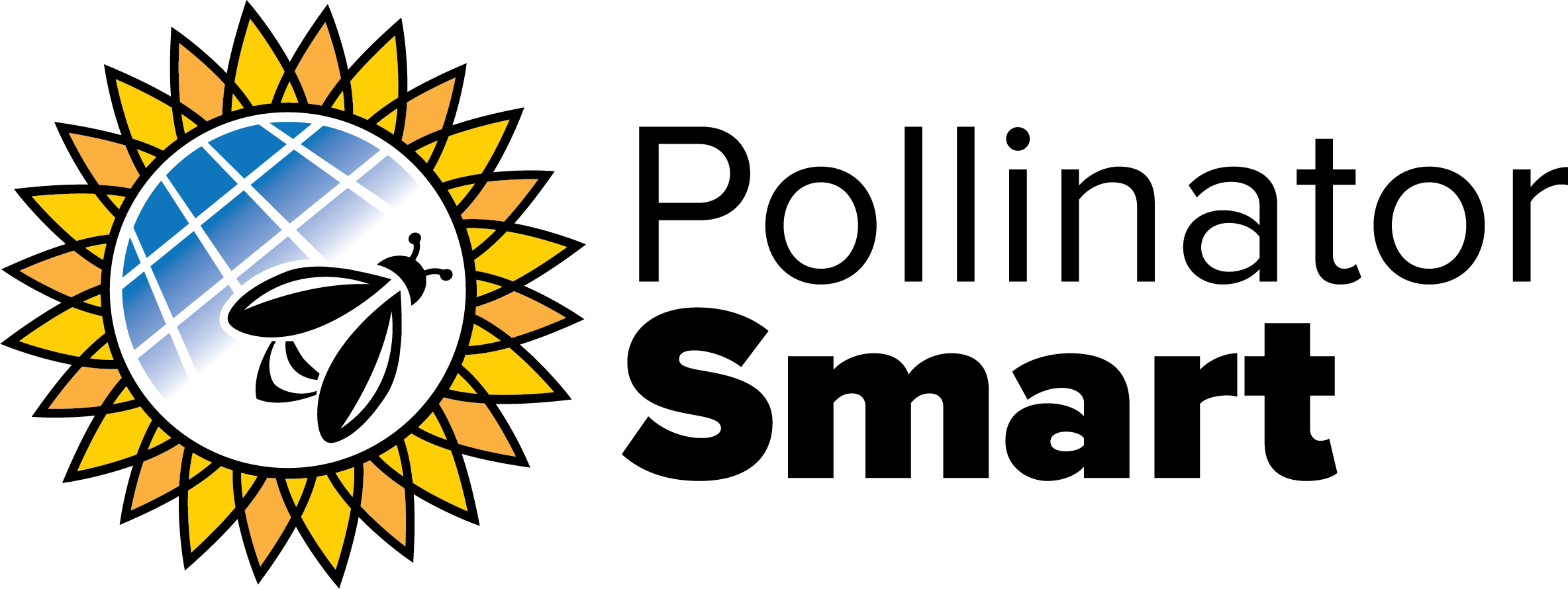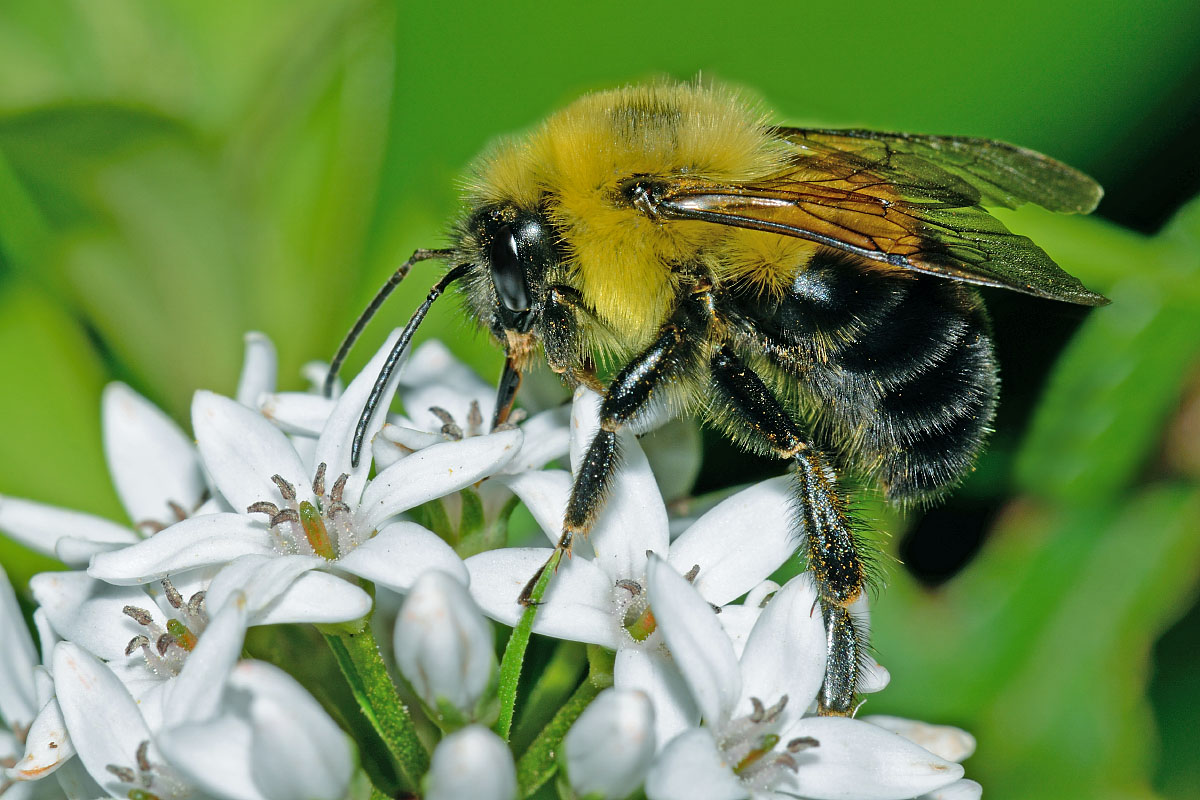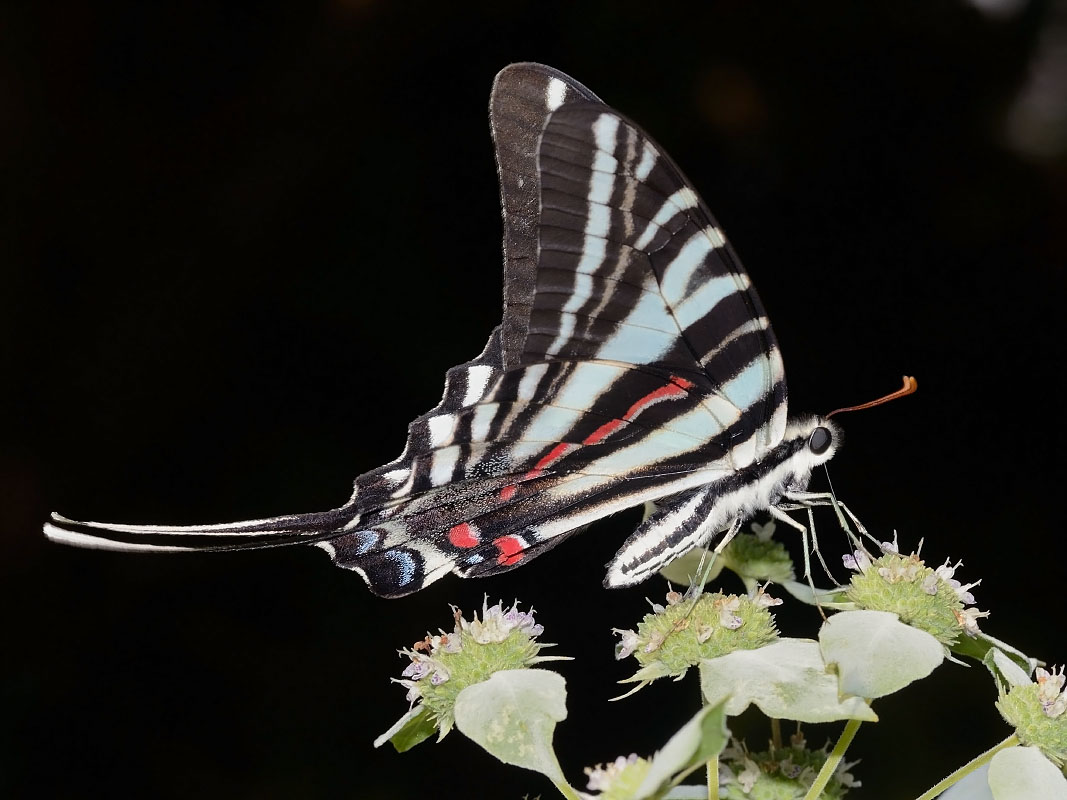
 Department of Conservation and Recreation
Department of Conservation and Recreation
Conserve. Protect. Enjoy.
 Department of Conservation and Recreation
Department of Conservation and Recreation

There are many excellent reasons--economic, ecological, and aesthetic--to complement the high-tech of solar panels with the ancient technology of native plants. Native meadow plantings under and around panel areas reduce the costs of mowing and maintaining non-native grasses. Further, panel efficiency is significantly enhanced by the cooling effects of diverse meadow habitat compared to non-native grass monocultures.
Native plant meadows are much better than turf grass at capturing atmospheric carbon and returning it to the soil, thus reducing a solar operation's carbon footprint. Native plants effectively minimize soil and water runoff. Providing pollinator habitat also greatly benefits surrounding agriculture by enhancing pollinator populations. To learn more about the ecological and economic benefits of native plant vegetation on solar sites, visit the Center for Pollinators in Energy.
 © DCR-DNH, Gary P. Fleming.
© DCR-DNH, Gary P. Fleming. © DCR-DNH, Gary P. Fleming.
© DCR-DNH, Gary P. Fleming.
